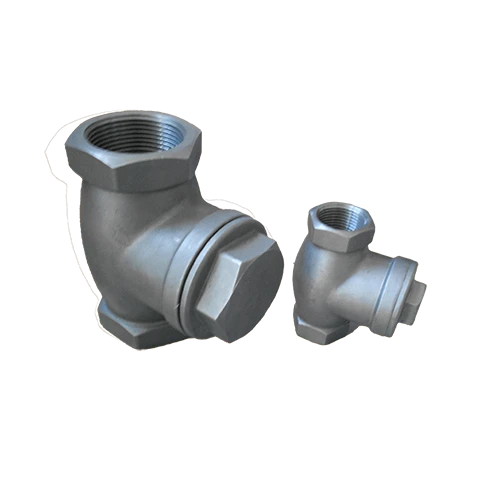Mobile:+86-311-808-126-83
Email:info@ydcastings.com
valve
The Impact of Valve Technology on Modern Engineering
Valves are a critical component in a vast array of engineering applications, playing an essential role in controlling the flow of liquids, gases, and slurries. They are vital in various industries including water treatment, power generation, oil and gas, and pharmaceuticals, among others. The evolution of valve technology has significantly impacted modern engineering practices, ensuring efficiency, safety, and sustainability.
At its core, a valve functions as a device that regulates, directs, or controls the flow of fluids by opening, closing, or partially obstructing passageways. Valves can be classified into several types, including gate valves, globe valves, ball valves, butterfly valves, and check valves, each serving specific purposes depending on the requirements of the system they are integrated into.
One of the primary advantages of modern valve technology is its contribution to system efficiency. In many industries, the precise control of fluid flow can lead to significant energy savings and optimized performance. For instance, automated valves equipped with advanced sensors and controls enable real-time monitoring and adjustments. This integration of technology allows for the reduction of wasted resources and ensures that processes operate within their optimal parameters, enhancing overall productivity.
Moreover, safety is a paramount concern in engineering applications, particularly in industries dealing with hazardous materials. The development of pressure relief valves and automatic shut-off valves has revolutionized safety standards. These devices are designed to operate under specific conditions, providing an extra layer of security by preventing overpressure situations that could lead to catastrophic failures. Furthermore, advancements in materials science have led to valves that can withstand extreme pressures and temperatures, ensuring their reliability in demanding environments.
valve

Sustainability is another area where modern valve technology shines. As industries worldwide are increasingly focused on reducing their carbon footprint and enhancing resource efficiency, valves play a crucial role in these initiatives. Technologies such as smart valves utilize IoT (Internet of Things) capabilities, allowing for seamless integration into larger automated systems. This connectivity facilitates predictive maintenance, reducing the likelihood of leaks and potential environmental hazards. By minimizing waste and improving resource usage, these advancements contribute to a more sustainable future.
In addition to operational efficiencies and safety enhancements, the economic impact of sophisticated valve technologies cannot be overlooked. Industries equipped with high-performance valves often experience significant cost reductions through lower energy consumption, decreased downtime, and extended equipment life. The initial investment in quality valves and automated systems is frequently offset by these long-term savings, making it a sound financial decision for companies.
Furthermore, the ongoing research and development in valve technology are yielding innovative solutions and materials that promise to push the boundaries further. Smart materials and adaptive technologies are being explored to enhance valve performance, enabling them to respond dynamically to varying conditions in real-time. This evolution not only augments the capabilities of traditional valves but also opens up new avenues for applications in fields such as renewable energy and advanced manufacturing.
In conclusion, valve technology has established itself as an indispensable part of modern engineering. Its impact spans improved efficiency, enhanced safety, and a push towards sustainability. As industries continue to evolve, the role of valves will only grow more critical, driving innovation and ensuring that systems run smoothly and reliably. With ongoing advancements and a focus on smart technologies, the future of valve engineering holds great promise, paving the way for a more efficient and sustainable industrial landscape.
-
Why Should You Invest in Superior Pump Castings for Your Equipment?NewsJun.09,2025
-
Unlock Performance Potential with Stainless Impellers and Aluminum End CapsNewsJun.09,2025
-
Revolutionize Your Machinery with Superior Cast Iron and Aluminum ComponentsNewsJun.09,2025
-
Revolutionize Fluid Dynamics with Premium Pump ComponentsNewsJun.09,2025
-
Optimizing Industrial Systems with Essential Valve ComponentsNewsJun.09,2025
-
Elevate Grid Efficiency with High-Precision Power CastingsNewsJun.09,2025











